|
Fall, it doesn't have to be a four letter word! Here are some handy tips, so you can keep gardening year round. 1. To avoid blight damage to tomato fruit you can harvest your tomatoes green, wrap in newspaper and place in a container in a cool location of the house. Check every 2 days and pick out the good fruit, toss the bad. Nothing better than fresh salsa from your own fruit in the middle of January. Still has that garden fresh taste too! We also suggest removing pears while green to avoid the marks caused by birds and bruising caused by wind and branches. They will ripen at a later date and look perfect for a fruit basket. 2. Use a cloche cover over rows of veggies as well as black plastic or raised beds underneath to draw heat in for veggies that don't tolerate cool nights. No one likes cold wet feet, especially plants. 3. Seeds planted now should be suitable for fall. Check the amount of time it will take to grow fruit. Look for names like winter density lettuce, January king cabbage, fall rye cover crops, winterkeeper lutz beets....there are many things you can plant in fall depending on your location. 4. Buy a greenhouse or a grow light garden to lengthen the harvest. Do not dig up and bring in veggie plants from the yard to the greenhouse in an attempt the save the last 5 pea pods or the 2 remaining unripe tomatoes. You may unwittingly track in a plant disease or non beneficial bugs that will have a better shot at surviving overwinter and wreaking havoc on your spring veggie starts. 5. Donate excess harvest to your local food bank. 6. Sprout seeds like curly cress, peas, or grow microgreens to stay healthy and busy at home this winter. 7. Sell or give early ripened fruit to those needing to substitute as fodder due to recent hay shortages. We suggest beets as an alternative crop for those who have livestock. 8. Store your potatoes in buckets full of good quality sawdust in cool area for fresh potatoes all winter long. 9. Start listing seeds for next year’s crops. Find a seed catalogue and thumb through it for your spring veggies. It can take a good gardener over 10 years to find the perfect veggie selection. Remember you only have one season to get it right per year! Have a plan to maximize your season! I suggest open pollinated and non gmo to allow for seed saving with larger gardens. 10. Feeding your livestock doesn't have to cost you an arm and a leg. Almost everything you eat out of the garden your animals will eat too! Did you know that if you feed your hens cabbages they will lay double yolkers? Be careful about doing it too much as it will stress your hens out laying all those big eggs! 11.Plant a child size plot later in the season. Children will be impressed with mini crops. Children should grow along side you. Jack be little pumpkins are a great starter. Corn and sunflower planted later season will reach child size height and they will be happily harvesting mini replicas at the same time as yours in the fall. Children want to be included in what mom and dad are up to. Sometimes we forget our priorities around planting and harvest. A personalized garden will keep them busy for days and give them a great sense of accomplishment. And if they choose to feed it to their rooster friends (as our daughter does) it wont affect your dinner this winter.
12.Be a rebel. Don’t follow planting instruction dates. The seasons have been so unpredictable in recent years. The worst that can happen is that your small investment of seeds won’t grow. Although disappointing, If it does you will be crowned king or queen of the garden! Our planting of pumpkins this year in succession (way beyond recommended dates) has allowed us to have an October harvest while most pumpkin farmers have harvested or are letting pumpkins rot and will turn them under in the fall. Make rhubarb wine to enjoy next year when once again you are sitting around cussing the return of old man winter!
0 Comments
Your comment will be posted after it is approved.
Leave a Reply. |
Hello There!Thanks for dropping by. I'm Matthew Nelson, farmer of Grade Eh Farms. I post on where my love and passion for life intersect with family, farming, food, & chicken for the soul. Meeting ExpectationsFarmer's Blog Categories
All
Farmer's Blog Archives
December 2022
Interesting FindsBelow are links to websites that gardeners and chicken owners may find helpful and interesting:
Best source for backyard henhouses in BC. Locally-crafted chicken coops made of repurposed BC cedar:
DailyEggs.comUseful information on raising healthy, happy free-range hens:
A portion of our ordering policy was stolen from Legbars of Broadway. Thanks Philip. :-)
|
- Home
- About
-
Our Chickens
- Amrock
- Laying Hens: Backyarder Rainbow Collection
- Grade Eh Meatball
- Grade Eh Urban Meatball "All-Female"
- Legbar (City folk)
- Jill Rees Cream Crested Legbar (Rees Line Cream Legbar)
- Bielefelder
- Silver Bielefelder (Bielefelder Kennhühner silber-kennsperber)
- Le Grand
- Spitzhauben
- Bresse
- Hungarian Yellow
- Ayam Cemani
- Light Sussex
- Other Breeds >
- Blog
- Live Bird Store
- ORDER LIVE BIRDS/PRICE
- Meat Shop
- Contact
|
CONNECT WITH US
|
© Copyright 2011-2024 Grade Eh Farms
Content of this site cannot be reproduced without express written permission.
Content of this site cannot be reproduced without express written permission.


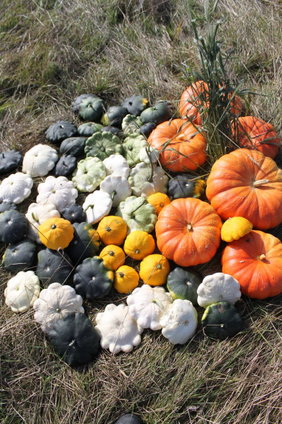
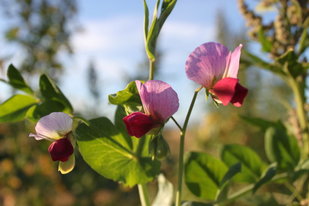
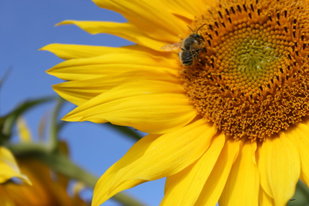
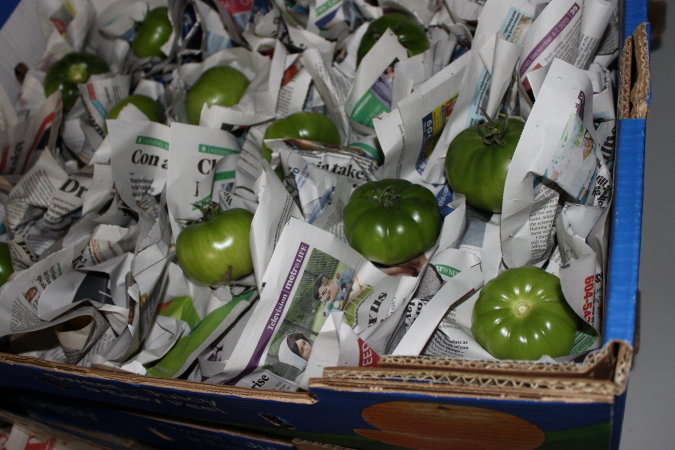
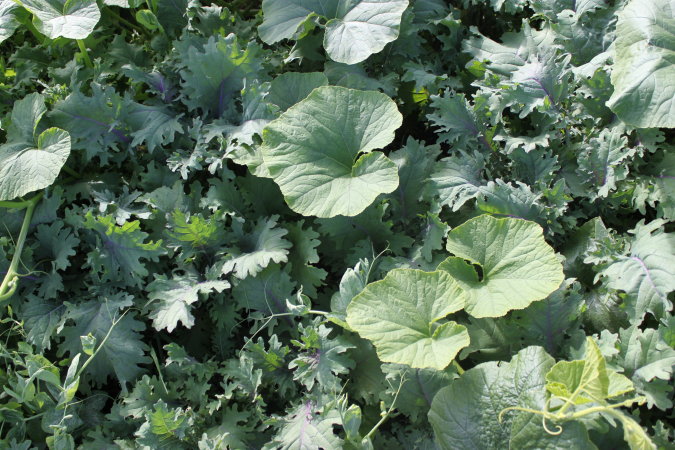
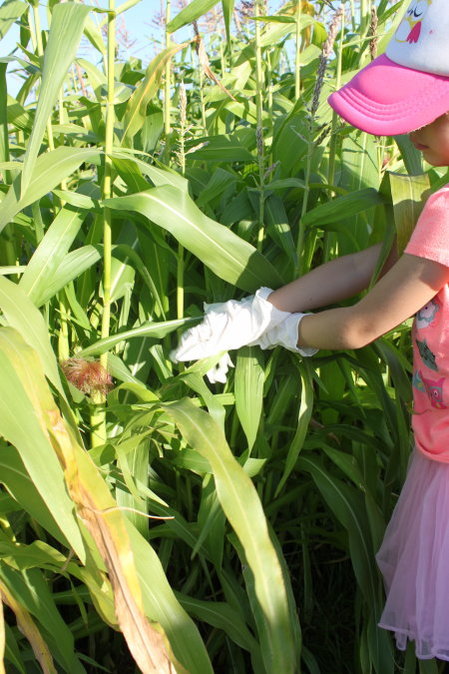
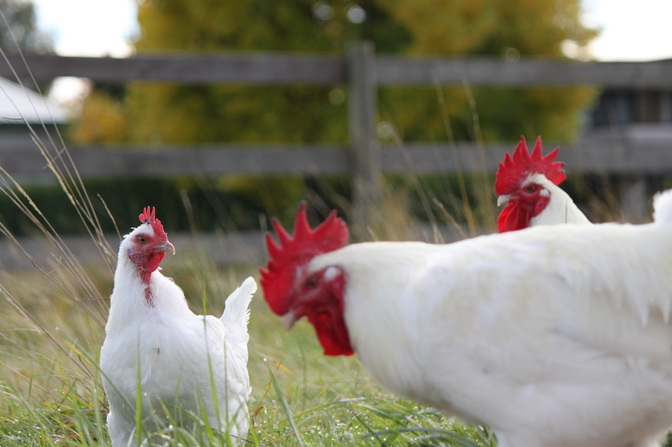

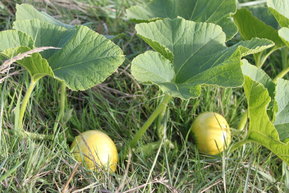
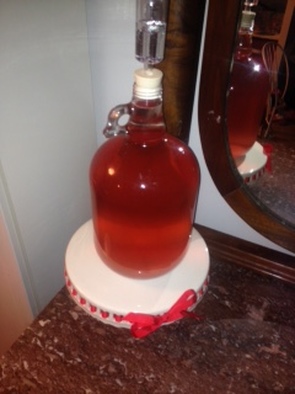
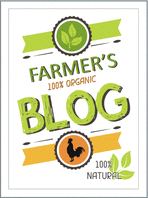
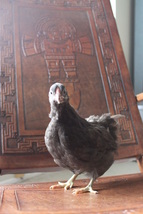
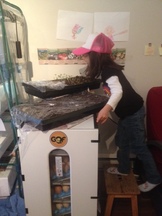
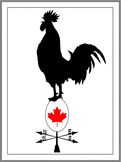
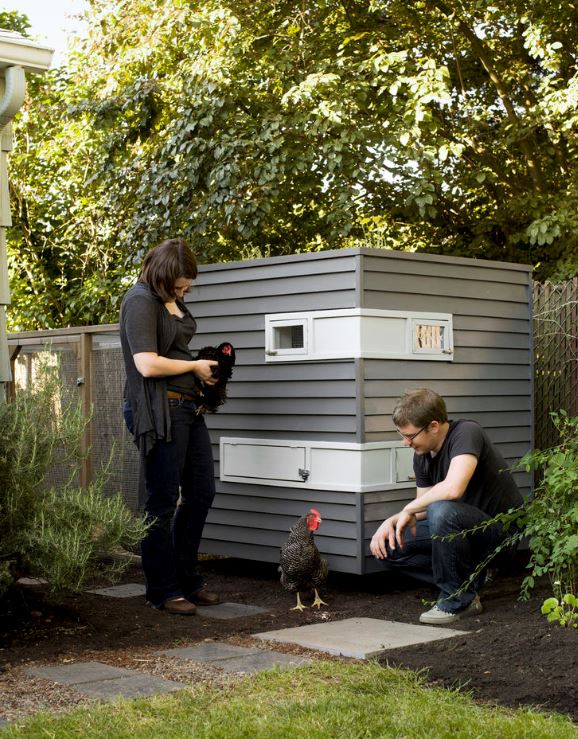
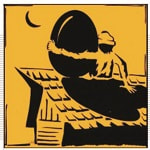

 RSS Feed
RSS Feed